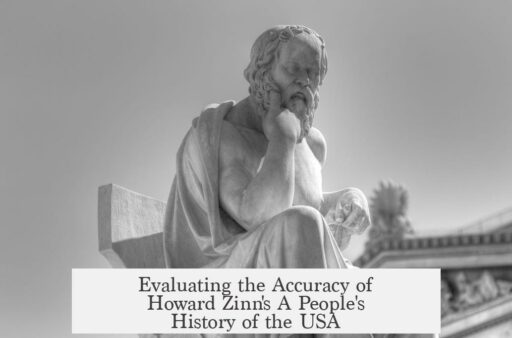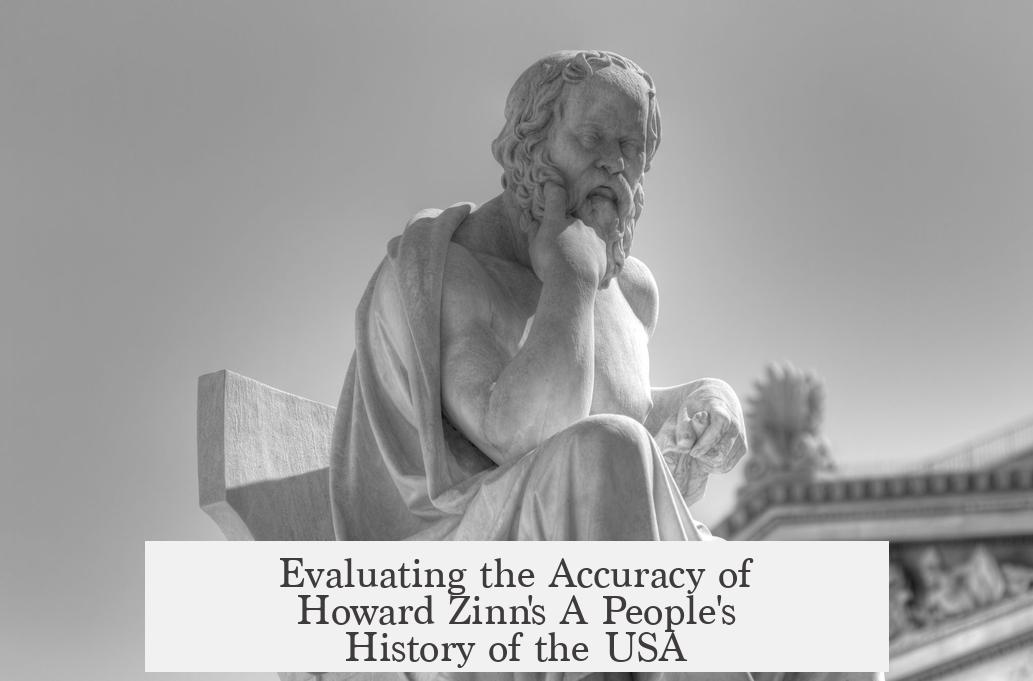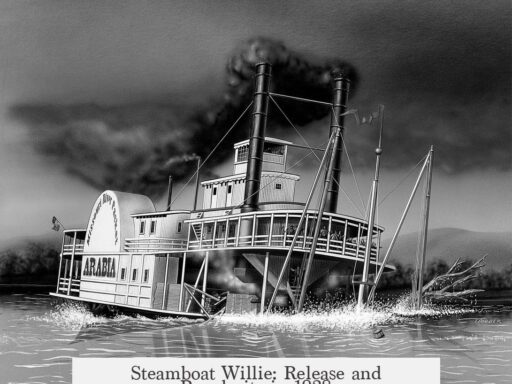Howard Zinn’s A People’s History of the USA faces significant criticism regarding its historical accuracy. The book is often viewed as a flawed interpretation rather than a rigorous history. It relies heavily on selective sources, oversimplifies events, and presents a moralistic “us vs. them” narrative that lacks nuance.
Zinn’s work offers an alternative perspective on U.S. history by emphasizing marginalized voices. However, many academic historians question its reliability. It is considered dated due to reliance on older sources, some from the mid-20th century, and an uneven treatment of events after the 1970s. For example, chapters on the 1980s and 1990s fail to incorporate extensive recent scholarship, making the narrative feel obsolete in 2023.
The book’s structure contributes to its limitations. Its episodic form jumps between time periods without smooth transitions or deep syntheses. This makes the presentation feel fragmented and episodic, preventing a coherent flow of historical causation. Readers may find some chapters, like the lengthy Mexican-American War discussion, drawn out and repetitive.
Zinn often depends on large block quotes from primary and secondary sources rather than providing consolidated analysis. At times, he includes long excerpts exceeding 200 words from popular or problematic sources. For instance, there is extensive reliance on Dale Van Every’s Disinherited, which has been critiqued for framing Native American history through a predominantly white perspective, neglecting Indigenous complexities.
This method results in limited source criticism. Zinn aggregates materials without thorough evaluation or contextualization. Critics note he compiles sources “hoping they will speak for themselves” rather than synthesizing evidence into a balanced historical assessment. This reduces the capacity for deeper understanding.
Character portrayals in A People’s History tend to lack nuance. Complex figures are reduced to single traits supporting Zinn’s thematic arguments. For example, Sam Houston is simplified as merely a “friend of the Indian,” ignoring his broader and sometimes conflicting political alliances. Such reductive depictions reinforce ideological binaries rather than exploring historical complexity.
The book’s underlying narrative structure is a moralistic binary. Zinn frames most major events as battles between oppressed “us” versus oppressive “them.” Though this approach is not inherently incorrect, it demands a clear framing and evidence to avoid oversimplification. Zinn’s framework sometimes narrowly assigns moral roles to participants, which critics say distorts historical realities and promotes a presentist outlook.
Academic reception has been largely skeptical. For instance, a poll by the History News Network ranked Zinn’s work as the second least credible popular history book. Critiques detail presentism—applying modern values to past events—and multiple factual inaccuracies, especially concerning colonial America. The text’s failure to engage with later scholarship undermines its standing as a reliable history.
Despite these criticisms, some readers find value in Zinn’s perspective. His focus on marginalized groups challenges dominant narratives and invites critical engagement. Given the political nature of some critiques, it is advisable for readers to approach the book with awareness of its political framing and historical limitations. Forming an independent opinion through supplementary sources is wise.
| Aspect | Criticism | Notes |
|---|---|---|
| Source Usage | Over reliance on block quotes, dated or popular sources like Van Every | Limited critical evaluation of sources |
| Narrative Style | Episodic, lacks transitions and synthesis | Results in fragmented history |
| Characterization | Oversimplified, lacking nuance | Supports ideological framing |
| Historical Accuracy | Presentism, factual errors, outdated scholarship | Especially regarding colonial period |
| Reception | Ranked low on credibility by historians | Considered more a political critique than academic history |
Key takeaways:
- A People’s History of the USA presents a contested, political take rather than a reliable, nuanced historical account.
- Its dated sources and episodic style limit its scholarly credibility.
- The heavy use of block quotes and selective sourcing weaken its rigor.
- Moralistic “us vs. them” framing oversimplifies complex events and figures.
- Readers benefit from supplementing this work with updated, balanced histories and critical evaluation.
Is A People’s History of the USA by Howard Zinn Accurate? A Closer Look
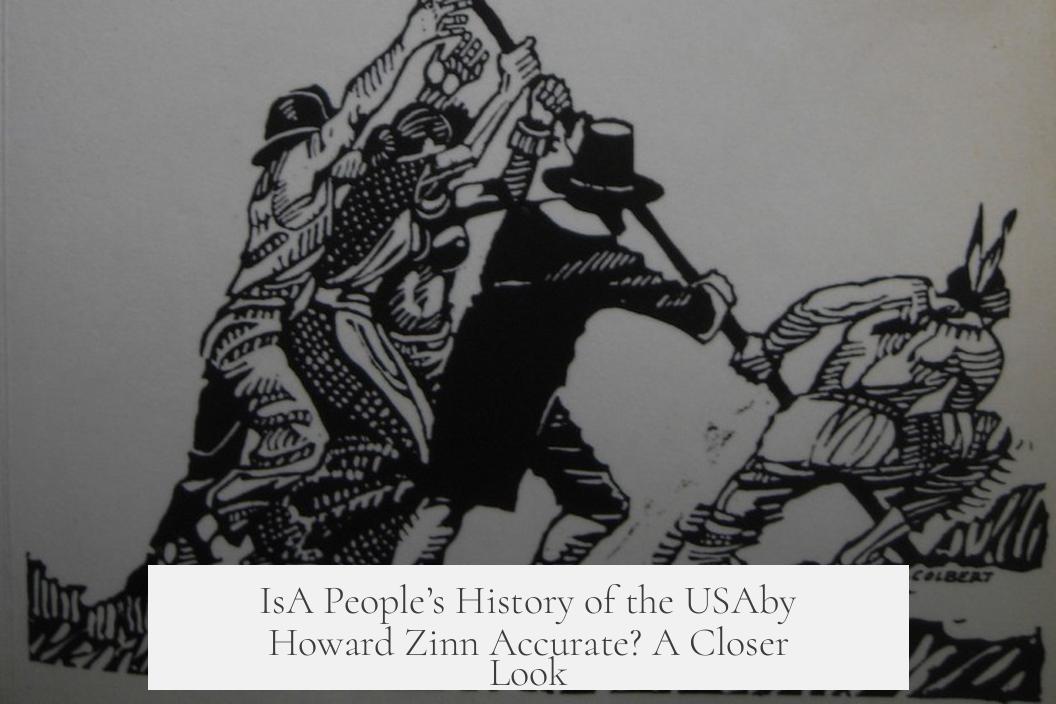
If you’re wondering whether Howard Zinn’s A People’s History of the USA is accurate, the short answer is: it’s a mixed bag. Zinn’s work is engaging and provocative but falls short by academic standards in many ways. So, where does it shine, and where does it stumble? Let’s unpack it.
First off, let’s address the elephant in the room. This book isn’t your typical history text. It flips the traditional narrative, spotlighting marginalized voices often absent in mainstream accounts. That’s its biggest strength. Yet, many historians caution that this perspective comes at a price: accuracy and nuance can suffer.
Dated Sources and Historical Dust
Reading Zinn in 2023 feels a bit like finding a vintage vinyl in a world streaming Spotify. Some of the sources he leans on—the likes of Schlesinger (1945) and Meyer (1957)—have long since been surpassed by fresher scholarship. This reliance means parts of the book, especially its coverage of the 1960s through the 1990s, show their age quite badly.
For example, topics like the Indian Removal Act are considered standard in many classrooms today. Yet, Zinn’s book treats them as radical revelations. That old-school outlook, while interesting, lacks the balance expected by current historical research.
Block Quotes Run Amok
One quirky quirk of Zinn’s style? He isn’t shy about dumping long block quotes onto the page—think of it as historical buffet-style reading. There’s a jaw-dropping instance where a 231-word quote from Dale Van Every’s Disinherited shows up almost verbatim. While original voices matter, this glut of unfiltered sources often drowns deeper analysis.
The problem? Without enough interpretation, these quotes don’t shape a coherent argument. They sit there, demanding you do the heavy lifting of stitching them into meaningful insights. That doesn’t make for engaging history reading; it feels more like a patchwork quilt than a smooth tapestry.
Questionable Sources and Selective Critiques
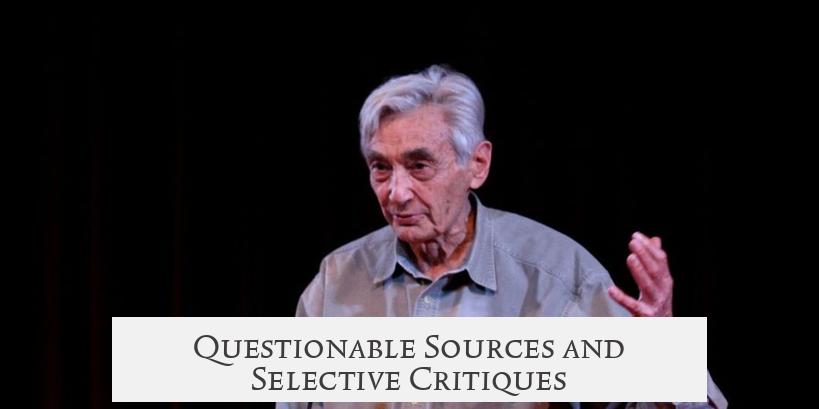
Speaking of Disinherited, it’s worth noting that Van Every was more a novelist and screenwriter than a rigorous historian. Critics have pointed out his view of Native American struggles is simplified and colored by a Eurocentric lens.
Zinn is quick to lambast others for flawed source use. Ironically, he falls into the same trap by giving these problematic sources a starring role. It’s like calling someone out for eating too much cake, all while sneaking a slice yourself.
Nuance? Rarely Seen Here
Zinn’s character portrayals tend to paint in broad strokes. Take Sam Houston, a complex figure who most tribes saw as an ally but who also backed Andrew Jackson. Zinn reduces him to merely a “friend of the Indian,” glossing over contradictions. Historical figures deserve more color and texture, not just black-and-white tags.
Events and personalities are chosen to reinforce a narrative rather than reveal their full complexity. This approach sacrifices depth and lets inconvenient details slip away unseen, leaving readers with a streamlined but simplistic story.
The Episodic Jumps
Ever tried binge-watching a show that constantly switches storylines with little connection? That’s what Zinn’s episodic structure feels like. Each chapter hops from period to period without smooth transitions or integration. It’s like reading a scrapbook instead of a flowing story.
This scattershot style leaves readers piecing together the “big picture” themselves—fine for some, but frustrating if you want clear takeaways.
The ‘Us vs. Them’ Narrative
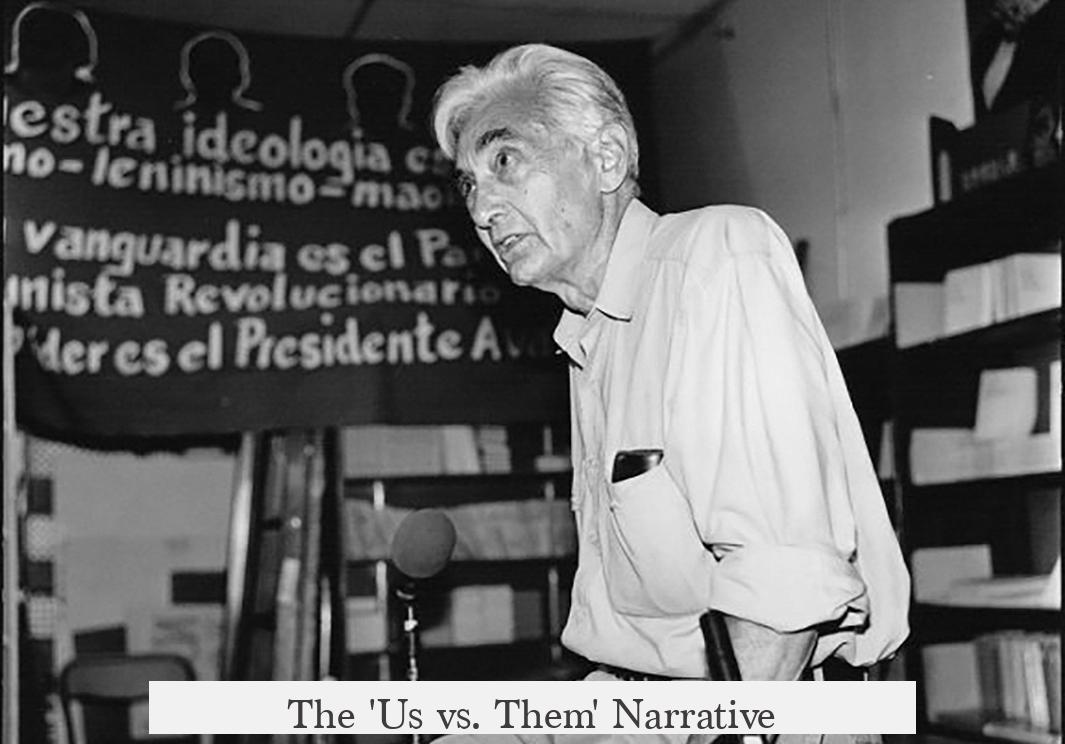
Zinn’s core theme reads as a moral crusade: oppressors versus victims. While understandable, history is rarely so clean-cut. By framing events as “bad or unpopular,” with audiences assigned to one camp or the other, the book glosses over complex intersections of race, class, and gender.
This black-and-white lens pushes readers into choosing sides instead of encouraging broader understanding.
Lengthy, Redundant Sections on Traditional Topics
Ironically, Zinn gives significant length to familiar history territories, like the Mexican-American War, but doesn’t add fresh perspectives. Readers looking for innovative history may find this a drag. Contemporary works like The Rediscovery of America offer much more inventive takes on what American history means today.
Academic Historians Say “Hold Up”
Among academic circles, Zinn’s work faces harsh scrutiny. It was voted the second least credible history book by the History News Network in a poll of hundreds of historians. Critics point to issues like presentism—judging the past by today’s standards—and misunderstandings, especially concerning colonial America.
For newcomers to history, this makes A People’s History a tricky read; it scratches the surface incorrectly at times and lacks the depth needed for foundational learning.
So, Should You Read It?

Despite its flaws, some readers find value in Zinn’s work. Readers are encouraged to approach the book with an open mind and critical eye, aware that political biases—both conservative and progressive—can color critiques and praises. Formulating your own opinion free from agendas can be quite enlightening.
Think of it as a springboard: Zinn might ignite curiosity about overlooked perspectives or uncomfortable truths. But don’t rely on it alone. Layer your understanding with other sources, especially modern, peer-reviewed histories, for a well-rounded grasp.
Final Takeaways: Accuracy vs. Purpose
- Zinn’s A People’s History isn’t traditional history. It’s more a curated collection of voices, designed with a political purpose.
- Its accuracy often suffers due to outdated sources, selective storytelling, and simplification.
- The book lacks nuance, weaving an episodic, moralistic narrative over complex reality.
- Professional historians largely view it skeptically but recognize its influence as a starting point for questioning mainstream history.
- Engage with the book critically, supplementing it with updated, scholarly works for balance.
So you’ve got a book that’s part history, part manifesto, sprinkled with old citations and hefty quotes. Will it give you the full picture? No. Will it spark a fresh conversation? Absolutely. Accuracy isn’t everything in history—context and critical thinking are. And if Zinn’s work gets you thinking—and questioning—that’s a solid starting point.
